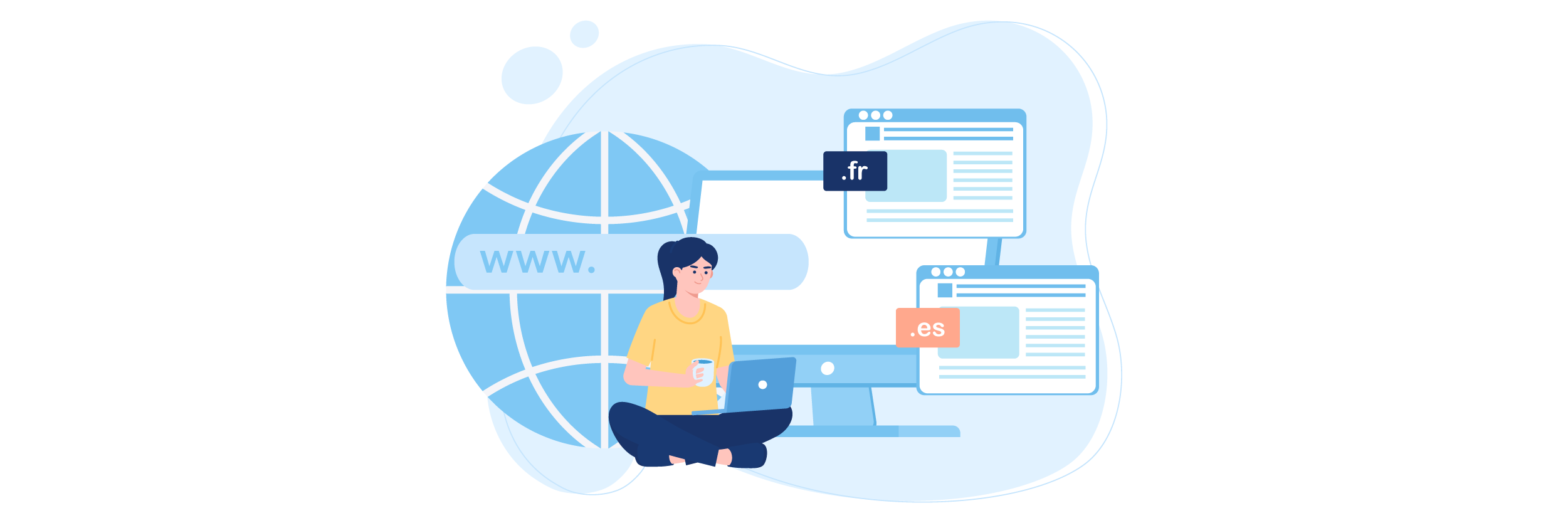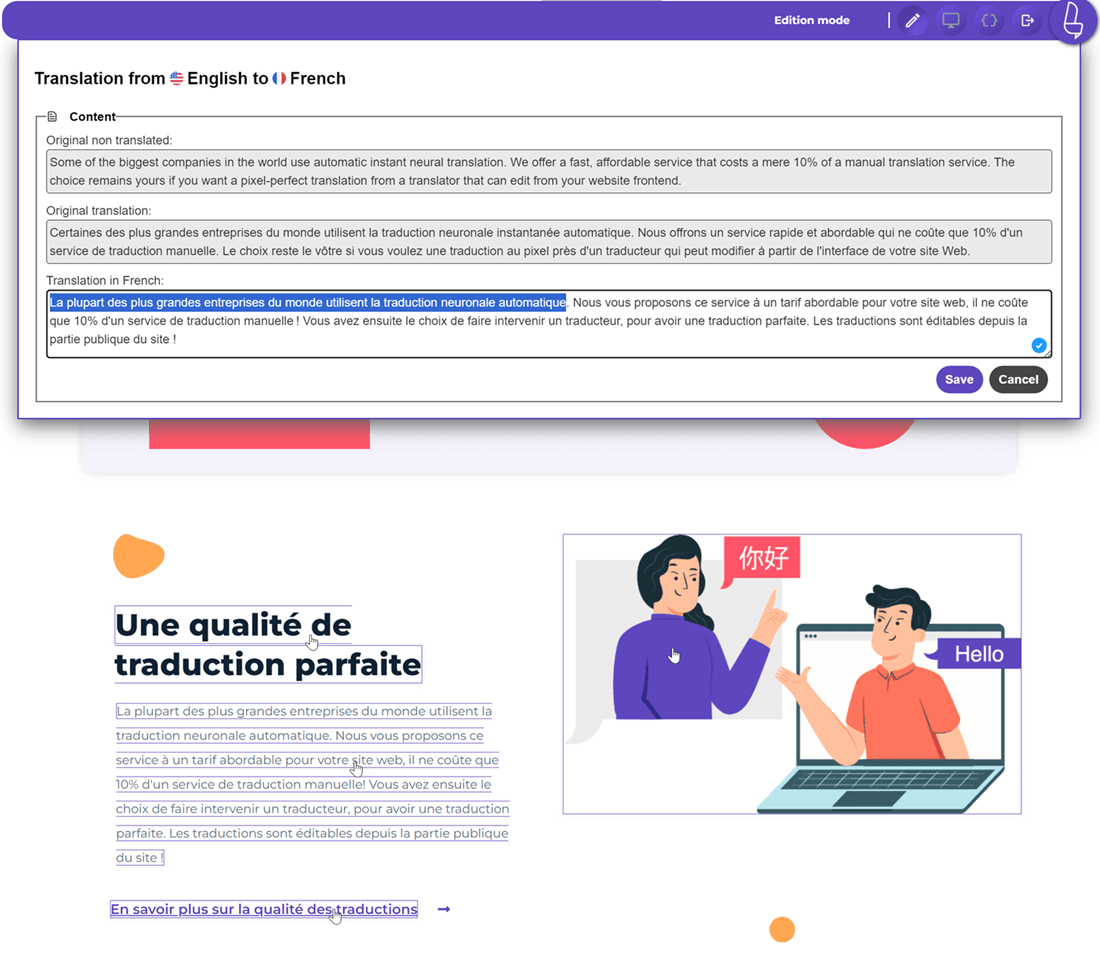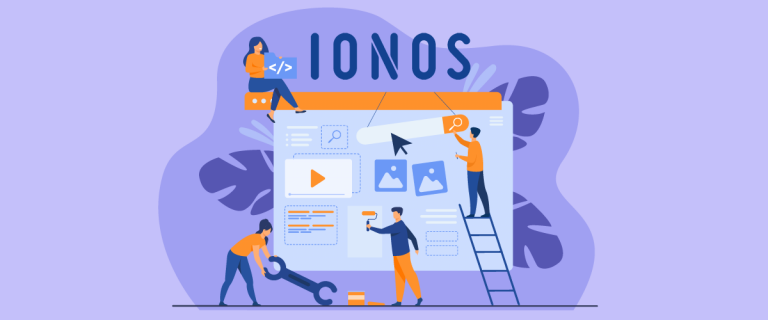Language has always been the bridge that connects businesses with the world, and now, that bridge is being rebuilt with technology. In 2026, translation tools are evolving beyond simple word conversion to deliver context-aware, culturally accurate communication that feels truly human. What was once a manual process is now becoming faster, smarter, and more adaptable to how people actually speak and interact online.
As user expectations rise, businesses that adopt these innovations early will stand out with seamless multilingual experiences that feel local to every visitor. This article explores the key translation trends shaping 2026 and beyond, and how you can prepare your site to stay ahead of the curve.
Why staying ahead of translation trends matters?

Staying ahead of translation trends ensures every visitor feels understood, regardless of where they come from. Outdated translation methods can lead to poor localization, broken trust, and missed opportunities in new markets. Here’s why businesses should keep pace with translation innovation.
- Expand faster into new markets: Companies adopting modern translation workflows can localize content more efficiently and reach audiences before competitors.
- Improve trust and engagement: Around 43% of consumers are more likely to purchase when information is available in their native language, underscoring the impact of translation on conversions.
- Enhance efficiency and cut costs: Automation and AI-supported translation tools reduce manual workload and speed up time-to-market.
- Stay relevant in a multilingual economy: As localization becomes standard practice, keeping pace with translation technology ensures your brand remains visible and competitive across regions.
- Support inclusivity and accessibility: Modern translation systems also improve access for users with different linguistic or cultural backgrounds, creating a more inclusive digital experience.
By staying proactive with translation trends, your website won’t just communicate across languages, it will connect across cultures, setting the foundation for sustainable global growth.
Key AI translation trends 2026 and beyond

As digital content continues to expand across languages, translation technology is evolving faster than ever. Here’s a closer look at the major trends shaping how businesses will translate and localize content in the years ahead.
Generative AI leading translation workflows
Generative AI is transforming how translations are created. Instead of relying solely on traditional “machine translation plus human editing,” AI systems can now generate translations directly—producing full sentences that match tone, style, and context. For example, rather than translating a single source sentence word-for-word, AI can generate culturally relevant versions of marketing copy in multiple languages at once.
This shift means translators no longer start from scratch. Instead, they refine and guide AI-generated text for accuracy and tone, significantly speeding up production. Businesses benefit from faster, more natural translations that still retain a human touch—making it ideal for global websites, product descriptions, and customer support systems.
Rise of domain-specific and custom models

Generic translation engines often fall short in specialized industries like law, healthcare, or finance. That’s why domain-specific and custom AI models are becoming essential. These models are trained on data from specific fields, enabling them to understand technical terms, legal nuances, and industry-specific phrasing.
For instance, a custom model trained on legal documents can accurately handle contract translations that would confuse a general-purpose engine. In 2026, businesses will increasingly build or use translation tools tailored to their industries, ensuring greater precision, compliance, and brand consistency.
Real-time and multimodal translation growth
Translation is moving beyond text. Real-time speech and multimodal translation, covering audio, video, and visuals, are quickly becoming mainstream. Imagine hosting an online event where viewers around the world can instantly hear translations in their own languages, or watching a subtitled video automatically synced with the voiceover.
With AI-powered systems integrating speech recognition, translation, and voice synthesis, cross-language communication will feel nearly instantaneous. This evolution opens opportunities for education, entertainment, customer support, and even tourism, where seamless multilingual interaction becomes a normal part of everyday life.
Smarter quality control with self-aware systems

Traditional machine translation often requires humans to check every output for errors. But the next generation of AI brings something new. These systems can now estimate their own confidence level for each translation, identifying sections that may need human review.
This “smart routing” approach saves time by automatically flagging uncertain sections for editor review while allowing accurate translations to proceed. It’s a major step toward efficiency, ensuring quality remains high without slowing down the overall workflow. Businesses can expect faster translation cycles, fewer bottlenecks, and more consistent results.
Broader use in public services and accessibility
AI translation is no longer limited to business or marketing, it’s becoming vital in public services. Governments, schools, hospitals, and courts are increasingly using AI-powered translation to serve diverse communities. For example, some cities are experimenting with speech translation tools during public meetings or health consultations to ensure everyone can understand critical information.
This growing adoption not only bridges communication gaps but also improves accessibility for people with disabilities or language barriers. As more institutions embrace AI translation, inclusivity will become a defining feature of digital transformation across sectors.
Ethical, private, and edge-based translation

As translation tools become more integrated into everyday platforms, data privacy and ethical use are gaining attention. Users now expect their conversations and documents to stay confidential, without being used to train future AI models. To address this, on-device or “edge” translation (where processing happens locally rather than in the cloud) is becoming more common.
This shift ensures that sensitive data never leaves the user’s device, enhancing both privacy and security. Ethical AI translation also emphasizes transparency, clearly explaining how data is handled, stored, or deleted. Businesses adopting these practices will build stronger user trust and meet growing compliance standards.
Translators as strategic AI partners
As AI handles more of the routine translation work, the human role is evolving. Translators are no longer just word converters, they’re becoming strategists, cultural advisors, and AI supervisors. Their expertise helps fine-tune AI outputs, define tone and style, and ensure content feels authentic across markets.
This collaboration between humans and AI yields faster, higher-quality translations that balance technical accuracy with cultural nuance. By 2026, translators will be recognized not just as language experts but as key partners in shaping global communication strategies.
Transforming global content strategies

The following trends show how this shift is redefining global content strategies and helping brands connect with audiences in more meaningful ways.
From translation to personalization
Translation is creating experiences that feel personal and culturally relevant. With smarter systems, businesses can adapt tone, idioms, and local expressions so messages feel natural to each audience. This personalized approach builds trust, increases engagement, and helps brands form stronger emotional connections with customers across regions.
Faster localization for global growth
Speed is now a major advantage in global expansion. AI translation tools enable businesses to localize websites, apps, and marketing materials within hours rather than weeks. By shortening time-to-market, companies can launch products faster, respond to global demand more quickly, and stay one step ahead of competitors entering the same markets.
Building a consistent brand voice
As brands expand globally, maintaining a consistent voice becomes essential. AI translation platforms can learn and apply a company’s unique tone, whether it’s friendly, professional, or playful, across all languages. This ensures that every customer, regardless of location, experiences the same brand personality, strengthening recognition and trust worldwide.
Balancing automation with human insight
While AI handles speed and scale, humans bring depth and cultural understanding. A perfect translation strategy blends automation with human review, AI manages repetitive tasks, while human translators refine meaning and nuance. This balance keeps messages accurate, culturally sensitive, and aligned with how people actually speak and connect in real life.
Preparing your website for the future of AI translation

Businesses that prepare early will have smoother transitions, better scalability, and more consistent results across languages. Here’s how you can start future translation of your site for next generation.
Evaluating your current translation setup
Before integrating advanced translation tools, it’s crucial to assess what you already have. Look at how your current system handles multilingual content, whether it’s manual, plugin-based, or API-driven. Identify bottlenecks like inconsistent terminology, slow updates, or limited language support. For example, if your website relies on hardcoded text instead of a CMS with translation support, scaling to multiple languages will be difficult.
By understanding these limitations, you can pinpoint exactly where automation or AI integration will make the biggest impact. Conducting a quick audit of translation workflows, file formats, and content types helps you decide whether you need a full system overhaul or just incremental upgrades.
Building scalable, flexible translation pipelines

A future-ready website needs translation workflows that grow with your business. Instead of handling translations manually, adopt pipelines that can automatically detect new content, send it for translation, and publish it once approved. For instance, e-commerce platforms can automate the translation of new product descriptions as soon as they go live.
Flexibility is key, your system should support multiple file formats, languages, and third-party integrations without breaking existing processes. This ensures your team can handle sudden content spikes, such as new campaigns or global launches, without sacrificing speed or quality.
Selecting customizable AI translation tools
Not all translation tools are built the same. When choosing one, focus on platforms that allow customization, like adding your brand’s terminology, integrating glossaries, or training the AI to match your tone of voice. For example, a travel company could teach the model to recognize local attractions or cultural expressions relevant to its destinations.
Customizable AI tools don’t just improve accuracy; they also help maintain your brand identity across all languages. This flexibility means your translations will sound natural and aligned with your brand, instead of generic or robotic.
For example, Linguise translation tools allow full control over tone and terminology, letting you customize translations while keeping them automatically updated across your site.
Combining AI with human quality oversight

Even the most advanced AI can miss subtle cultural or contextual cues. That’s why human oversight remains essential. Create a review process where native-speaking editors or linguists refine AI-generated translations, especially for high-impact content such as product descriptions, marketing campaigns, or legal pages.
For instance, while AI can quickly translate a slogan, only a human can decide whether it truly fits the cultural tone of a target market. Tools like Linguise support this collaboration through a front-end live editor that seamlessly combines AI translation with human editing. This ensures every multilingual page feels both contextually accurate and culturally authentic, delivering the perfect balance between automation and human expertise.
Tracking translation performance and ROI
Measuring the impact of your translation strategy helps prove its value. Track metrics like page views, bounce rates, and conversions across different language versions of your site. If localized pages show higher engagement, it’s a clear sign your translation efforts are paying off.
You can also measure ROI by comparing translation costs to new revenue from international markets. For example, if a newly localized site version leads to increased sign-ups or sales, that data can justify further investment in scalable AI translation workflows. This ongoing monitoring ensures your strategy stays data-driven and results-oriented.
Conclusion
AI translation trends 2026 are shaping a new era of global communication where translation goes beyond words, it becomes an experience. Businesses that embrace these trends early can deliver faster, smarter, and more culturally attuned content that connects with audiences everywhere. It’s no longer just about making your website multilingual, but about making every visitor feel like your message was written just for them.
To stay ahead in this evolving landscape, your website needs a translation system built for accuracy, scalability, and human-like quality. Linguise helps you achieve that with real-time AI translation that’s both automatic and customizable. Prepare your site for the future of global communication with Linguise.





